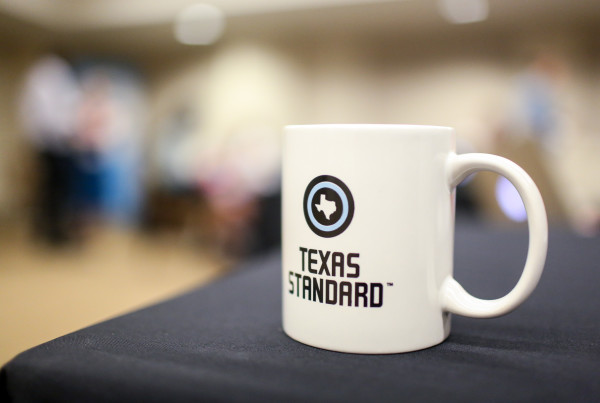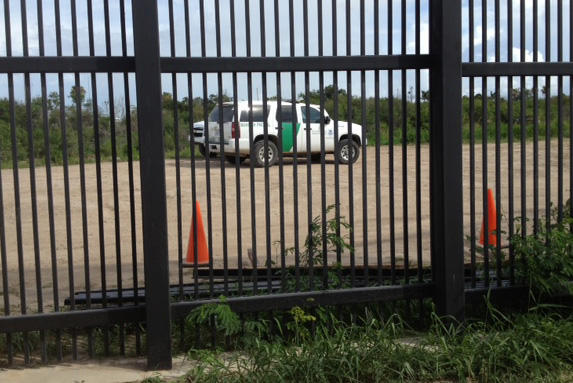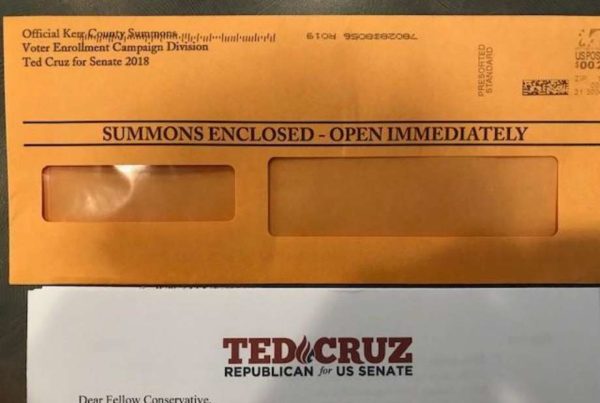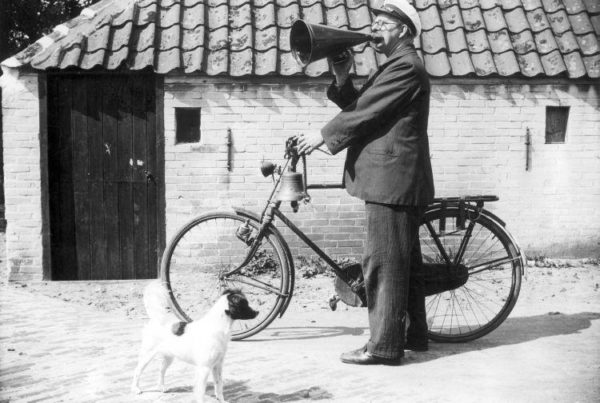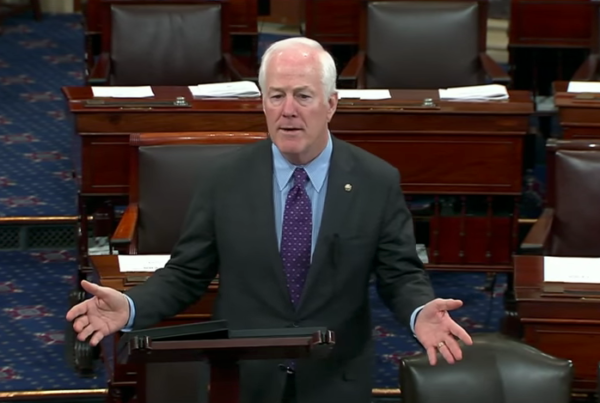In this age of Twitter-driven, toxic politics, it’s an interesting intellectual exercise to try and imagine how historians might someday look back on the current era in American history. To call it turbulent seems almost to be an understatement. But history itself may help us understand the times we’re living in.
That’s perhaps one reason why the new book by historian Doris Kearns Goodwin is getting so much attention. Its title alone may leave some pining for another era. It’s called “Leadership in Turbulent Times,” and Goodwin says even when she started the book five years ago, the political system in Washington was broken. She says even then, some politicians saw colleagues across the aisle as enemies rather than opponents.
“There seemed to be a feeling that the kind of leadership that we had in the past, which could make citizens feel that they were part of a whole, … was splitting into different sections,” Goodwin says. “And then, of course, it just got exacerbated by the current moment.”
Through the lens of history, we view President Abraham Lincoln as someone who united the country, but in the period immediately before his election, at least half of the country viewed him as a divisive figure.
“In Lincoln’s time, the way you got your news was through a partisan newspaper that you would subscribe to. So, if it’s the Lincoln-Douglas debates and If you’ve subscribed to the Republican newspaper, they’ll say Lincoln was so great …. You read the Democratic newspaper and they say he was so terrible …. There was that sense, you’re absolutely right, of the North and the South, of different parts of the country, feeling very different about the central issue of the day.”
But even during President Franklin Roosevelt’s time in the 1930s, politics were polarized.
“He was able to bring about a common sense of working on the problems through the hundred days,” Goodwin says “but by the end of the hundred days, when he started to have systemic reform, then you began to see that split form. So it’s important to remember these things …. But as FDR said, ‘Problems created by man can be changed by man.'”
To lead effectively, presidents need to understand the current moment and be suited for it.
“They have to be fit for the time that they’re in,” Goodwin says “Think of LBJ, I mean, he was a legislative wizard. He comes into the presidency after JFK’s assassination, and he knows that everything’s been stuck in the Congress …. There hadn’t been a major piece of JFK’s legislation that had gotten through, and because he knew how to deal with the Congress that very first night after JFK is dead …. He had the skills that were needed at that time.”
Crises were a test of the leadership of these presidents, and Goodwin argue that they rose to the task. But some may wonder whether some of today’s crises are created by the president in office.
“That’s a very different situation,” she says.”But we did have, before even President Trump, we [had] a polarized country – we have people in one section or one class or one race looking on the other as the other, rather than as a fellow citizen, in many ways. And that’s the one thing that Teddy Roosevelt said … the rock of democracy would founder if that should happen …. Then, the crisis can be exploited or made worse as a result of the leadership that’s there, or the absence of the kind of leadership that heals things and brings people together.”
Goodwin says recognizing and remembering the qualities that make up a leader can be more difficult today, but it’s possible.
“We have to remember what genuine leadership looked like. You know, persons who had humility, who had empathy, who created teams that worked together and they shared credit with the team and they shouldered blame,” she says. “Persons who knew how to control their emotions and not let anger slip out, who are able to communicate in ways that made them feel part of the country as a whole. If we don’t remember those kinds of standards of leadership, then we might get caught in this norm that we’re living in, as if this is what we’re gonna have from now own …. By looking in the past, we can imagine harder times, but they were better times in the end, [and] then maybe it mobilizes us to do what we need to do.”
Goodwin says it’s possible to be optimistic, and she suggests the trials of history can serve as a guide.
“If you lived through the Civil War, would you have ever thought it would end up in such a way that even with all those dead, the country was made a much better country without slavery?”
Written by Caroline Covington.




